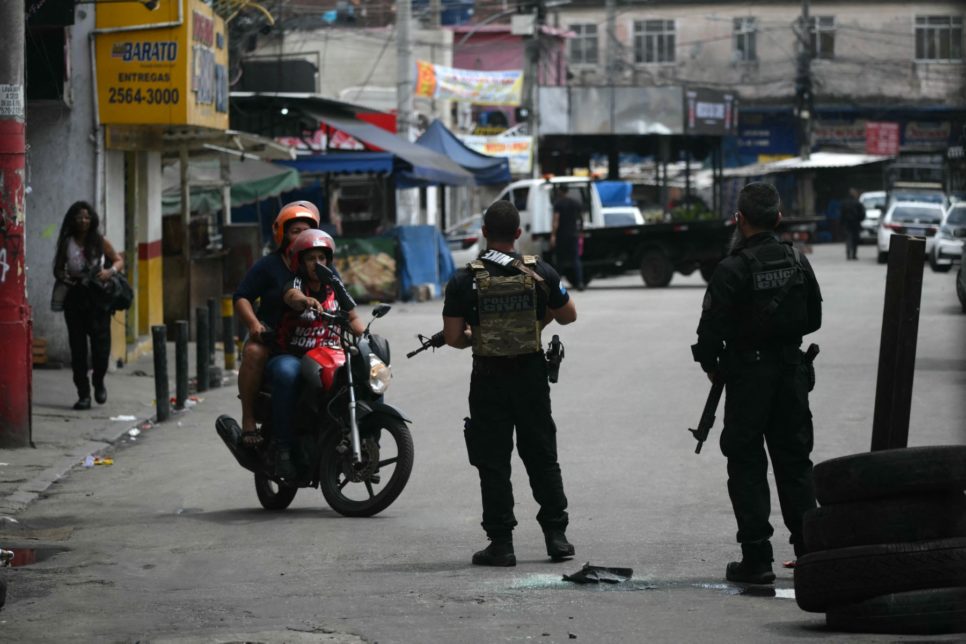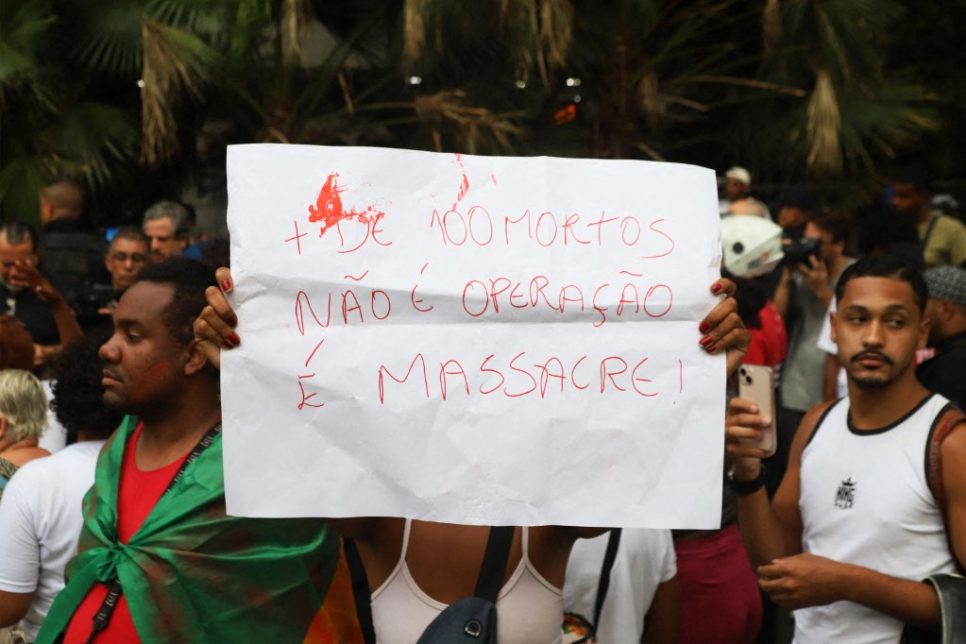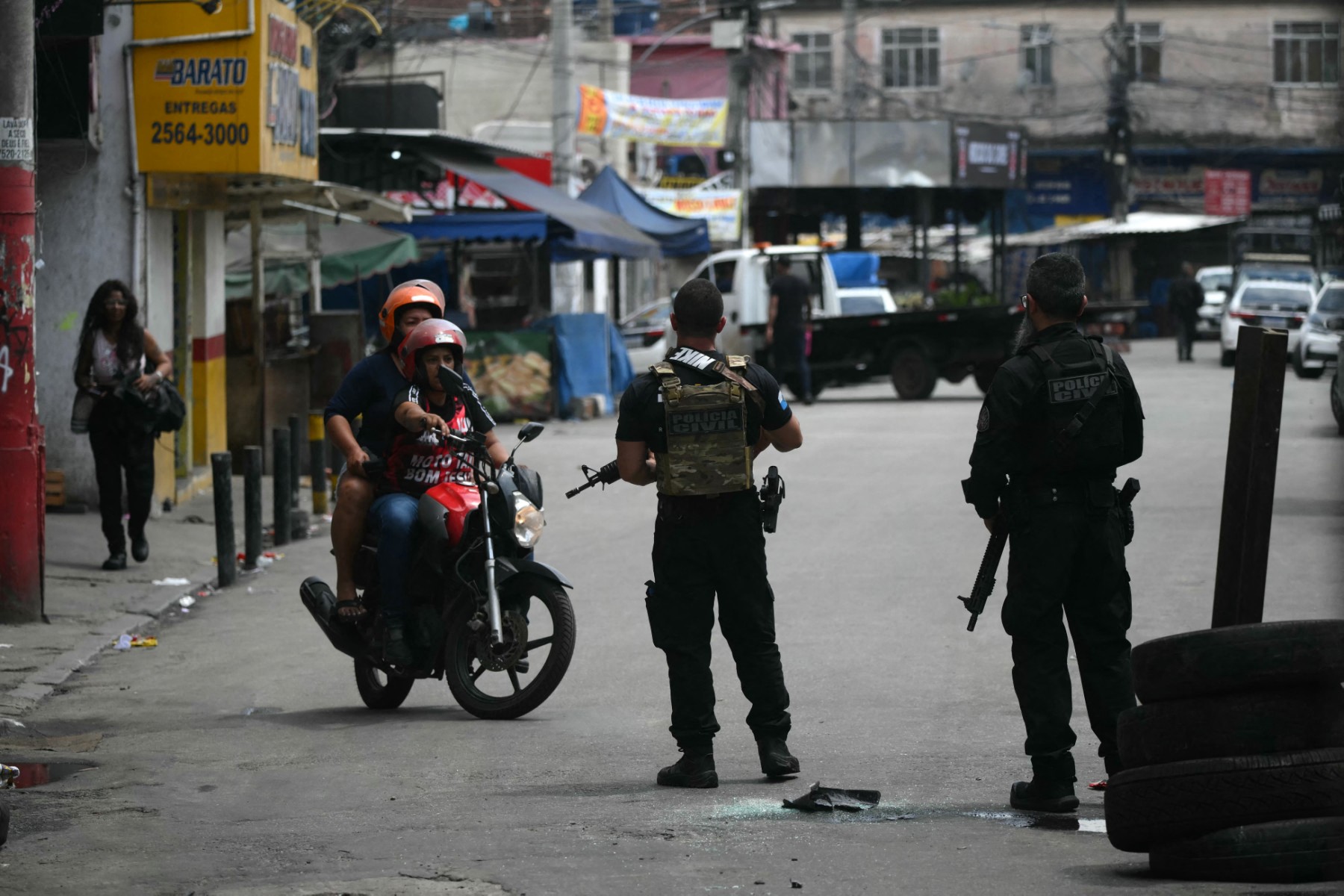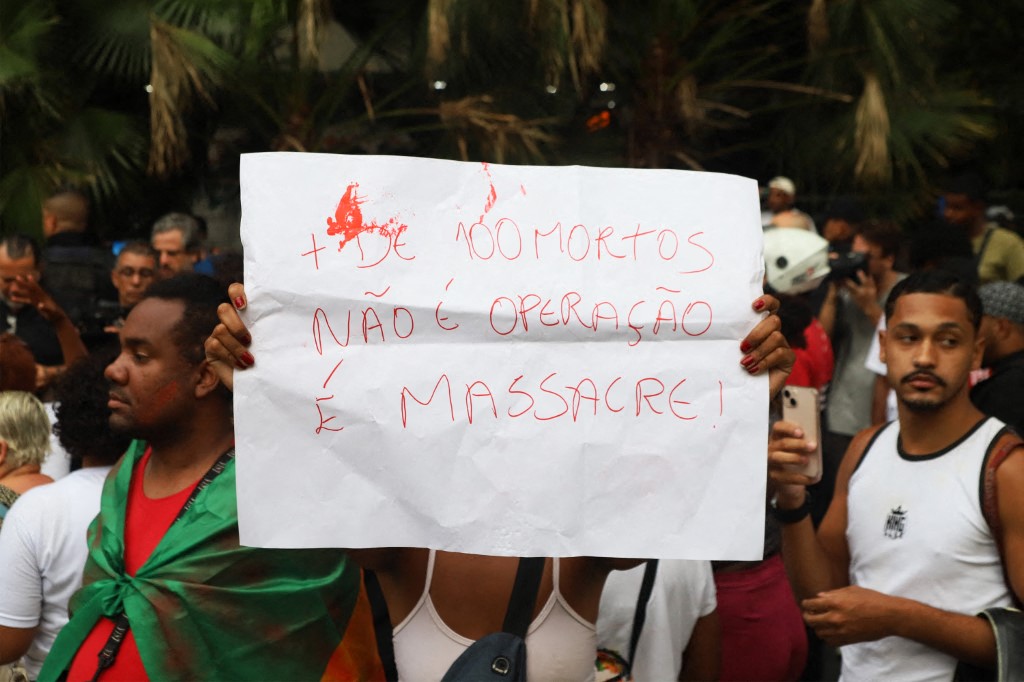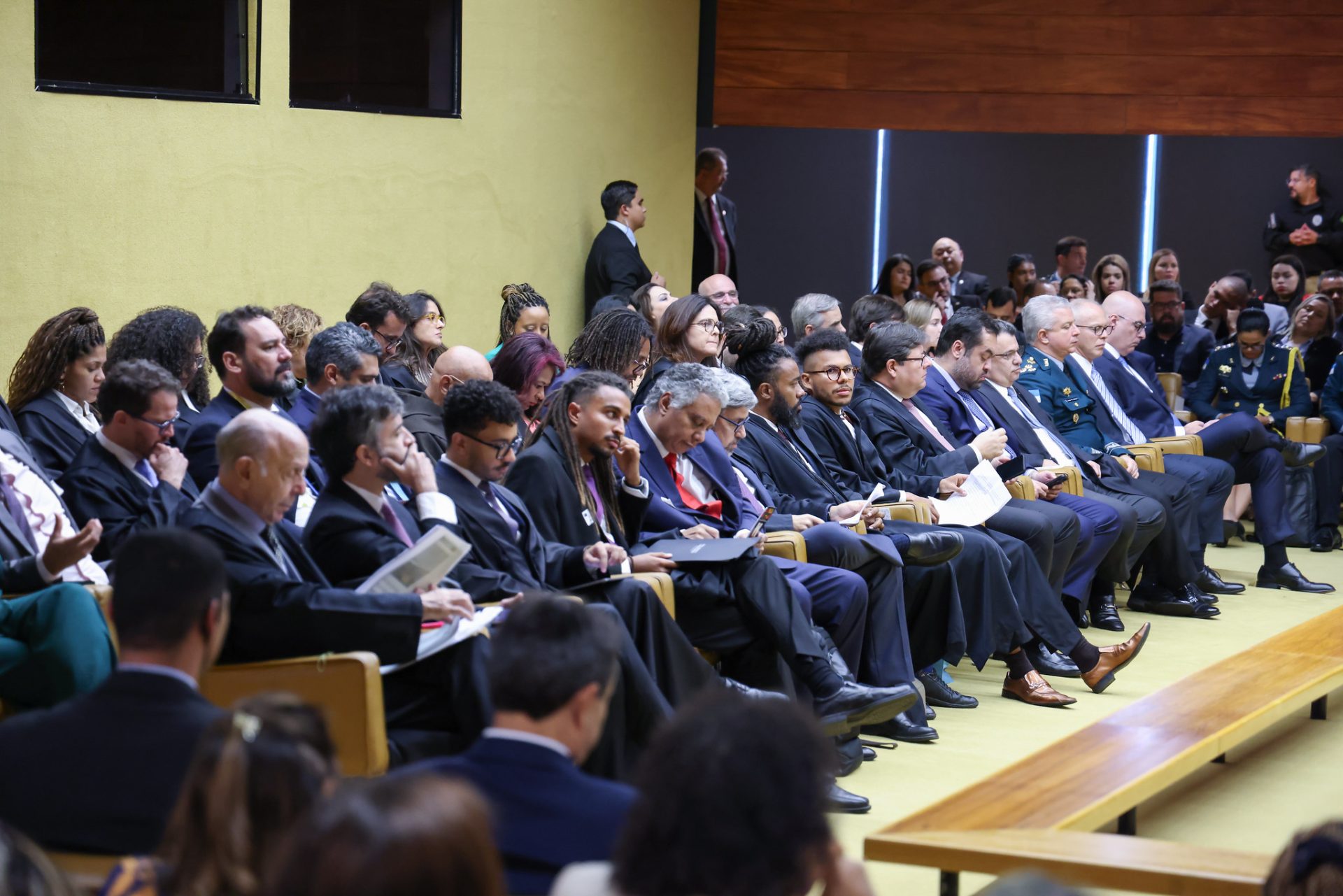What does the 2022 Census reveal about environmental racism?
Extreme heat and heavy rainfall do not affect everyone in the same way. Black and indigenous people are the most affected
 Chuva causa ponto de alagamento na Vila Prudente (Photo by ADAR RODRIGUES / BRAZIL PHOTO PRESS / Brazil Photo Press via AFP)
Chuva causa ponto de alagamento na Vila Prudente (Photo by ADAR RODRIGUES / BRAZIL PHOTO PRESS / Brazil Photo Press via AFP)
Black, mixed-race, and indigenous people are the most affected by resource and rights deprivations in Brazil, which leaves them more vulnerable to the effects of climate change. This is evidenced by the 2022 Census, released by the Brazilian Institute of Geography and Statistics (IBGE) at the end of February.
The data confirms the prevailing structure of environmental racism in the country – and should be at the centre of discussions at a time when Brazil is experiencing another extreme heat wave. There have also been warnings about heavy rainfall in the Southeast region, which could cause flash floods and landslides.
Environmental racism is a term that refers to the intersection of racial and environmental injustice, used to explain how environmental degradation disproportionately impacts ethnically racialised populations. These same populations are also disproportionately affected by the impacts of the climate emergency.
Read more
What is happening in Sol Nascente is an example of this. It is located 35 km from downtown Brasília and in the 2022 Census it surpassed Rocinha, in Rio de Janeiro, as the largest favela in the country. In 2023, this place sparked discussions about environmental racism due to a photo that went viral on social media, showing the shocking contrast between the leafy areas in Sol Nascente compared to Lago Sul, an upscale region of Brasília.
Well-planned green areas in cities is the realisation of the human right to an ecologically balanced environment. Trees improve the quality of life in urban centres because, in addition to promoting psychological well-being, they keep temperatures at a comfortable level by increasing air humidity through evapotranspiration and provide shade from their canopies. They also help prevent flooding by facilitating the runoff and infiltration of rainwater into the soil.
Data on the Sol Nascente favela
In the Sol Nascente favela region (DF), where 67.9% of residents identify as mixed-race or Black, according to the latest District Sample Household Survey (PDAD) from 2021, over 40% of families live on a monthly income of one to two minimum wages. Due to the lack of planning, residents suffer from limited urban mobility, lack of basic sanitation, scarcity of recreational structures, and inadequate housing. Extreme phenomena such as torrential rains and heatwaves, which are becoming increasingly common due to climate change, exacerbate all these issues, increase social inequality, and violate fundamental human rights.
Another case is the Baixada Santista and the north coast of the state of São Paulo, where 25 thousand homes are in high-risk areas – The data was obtained from the 2022 Census and from a landslide susceptibility mapping carried out by the Geological Survey of Brazil. The problem is mainly the result of social inequality and unplanned expansion. Real estate speculation on the coast has shaped socio-spatial inequality. The farther from tourist beaches, the lower the per capita income and the higher the number of homes occupied by permanent residents. These people often end up settling in high-risk areas such as on mountain slopes and riverbanks, out of sheer survival. Once again, the poorest are the most affected.
The residents of these areas suffer from exposure to natural disasters, which are becoming more frequent due to climate change and face the risk of landslides, collapses, and floods, such as the São Sebastião disaster in 2022.
Lack of access to basic sanitation
Analysing the data from the 2022 Census, we see that 83.5% of white individuals have sanitation that is considered adequate, while the number decreases to 75% for black individuals, 68.9% for mixed-race individuals, and 29.9% for indigenous individuals. The North region deserves special attention from public policies, as out of the 78% of residents who identify as black and mixed-race, only 46.4% – less than half of its 17.2 million inhabitants – have access to basic sanitation.
Regions without adequate sanitation can become hotspots for diseases transmitted through contaminated water and carriers such as rats, cockroaches, and flies which are attracted to open sewage and improper waste disposal.
The 2022 Census also indicates that approximately 9.1% of the population lacks access to direct or indirect waste collection. By state, Maranhão has the worst rate. Thirty percent of its inhabitants have no waste collection service. By region, the lowest rate is in the North of the country (21.5%).
The accumulation of rubbish has a number of effects on public health, as it can contaminate the soil, groundwater, rivers, and wells used for water supply.
“This scenario is linked to the regional distribution of racial and ethnic groups, with a higher presence of black, mixed-race, and indigenous populations in the North and Northeast. These are regions with less infrastructure”. Bruno Perez, an IBGE analyst explained, in a statement to the magazine Carta Capital. However, “in all of the 20 most populous Brazilian municipalities, the white population has more access to water supply, sanitation, and waste collection than the black, mixed-race, and indigenous population,” he concluded.
Regarding housing, Roraima is the Brazilian state with the highest percentage of people living in precarious housing conditions. In total, 2.48% of the population live in these conditions. In Amazonas, 33,785 people live precariously, 29,668 of whom are black, mixed-race, or indigenous. The situation is mirrored in Acre, Mato Grosso, Pará, Amapá, Maranhão, Tocantins, and Rondônia., as can be seen in a report on the Amazônia Real site.
The impact of climate change
“The results of the 2022 Census show that the neglect of the State disproportionately affects people who are already socially and economically disadvantaged, facing factors such as lack of access to resources, infrastructure, and rights. These data highlight environmental and climate racism in the country. If action is not taken, the situation may worsen, considering the increasingly significant impacts of climate change effects on already vulnerable populations,” says Julia Neiva, Coordinator of the Socioenvironmental Rights Defence Programme at Conectas.
The Census provides indispensable information for the definition of public policies that must be implemented, considering Brazil’s structural inequalities – racial, ethnic, gender, and class inequalities. This perspective is essential in realising the right to a balanced environment as a fundamental human right. It is the starting point for fully achieving human dignity and realising other human rights, in line with a recent resolution by the United Nations, which considers a clean, healthy, and sustainable environment as a human right.
